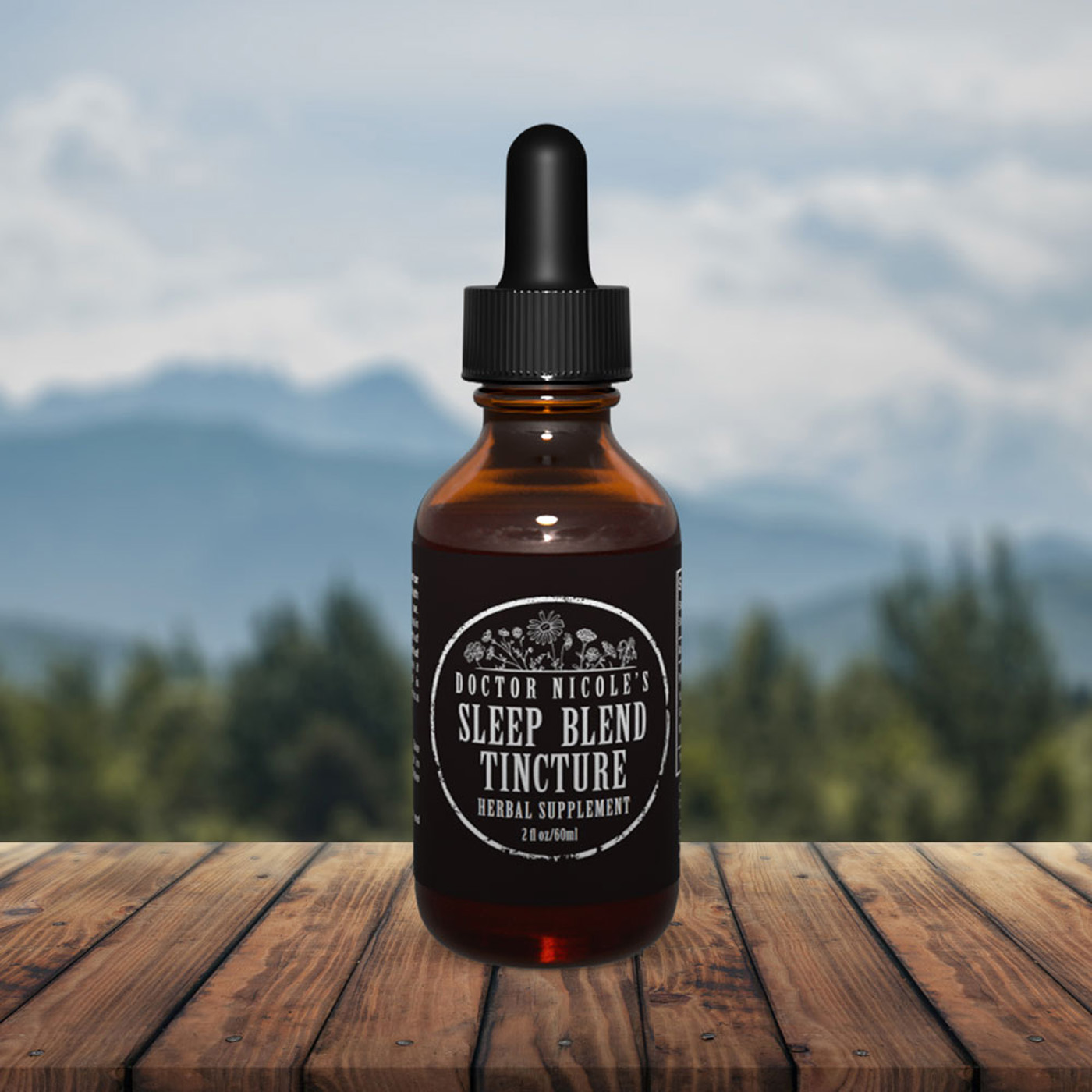Hormonal Health & Beyond: My Favorite Uses For Black Cohosh
While most know black cohosh as a potent remedy for balancing the hormones during menopause, this herb is so much more! Sometimes called black bugbane, black snakeroot, baneberry, or rattleweed, the root is often used in herbal medicine to address hot flashes and hormonal issues such as PCOS and fibroids. Lesser known uses of the herb include alleviating depression, anxiety, insomnia, and digestive complaints. Keep reading to learn more about identifying, harvesting, and using this versatile plant!
Basic Identification
A perennial plant with large compound leaves, black cohosh grows from its rhizome up to 2 feet (0.6m) in height with seated basal leaves that can be 3 feet (0.9m) long in sets of 3 leaflets. Flowers bloom from June to September on a distinctive 8-foot tall stem. The white flowers grow in tight clusters up to 20 inches (50cm) long. The flowers have a white stigma surrounded by long stamens without petals or sepals. A unique feature is the sweet putrid smell of the flowers that attracts flies, beetles, and gnats. Fruit is a 1/4-inch to 1/2-inch (0.74cm-1.25cm) long dry follicle that contains several seeds.
Where Does It Grow?
Part of the Ranunculaceae (buttercup) family, black cohosh is native to eastern North America and found as far south as Georgia, western Missouri and Arkansas, and the Great Lakes. It grows wild in small woodland areas.
Medicinal Uses
Black cohosh root is typically taken for menstrual problems and menopause, although it is also helpful for digestive issues and as a nerve tonic. Traditionally, Native Americans used black cohosh for musculoskeletal pain, fever, cough, pneumonia, and menstrual irregularities. The herb is most beneficial when taken regularly long term. It can take up to a month or more before all of its benefits are noticed.

Here Are My Top 3 Uses for Black Cohosh:
Menopause, Menstrual Issues, PCOS. Famous for balancing the hormones in women, black cohosh helps to relieve menopause-related symptoms — such as hot flashes, moodiness, night sweats, headaches, brain fog, heart palpitations, and vaginal dryness. The herb is also helpful for decreased sex drive, painful intercourse, menstrual problems, polycystic ovary syndrome (PCOS), and improving ovulation in women.
My convenient Menopause Blend contains potent extracts of both black cohosh root and red clover for ultimate hormonal balance and hot flash help. Tap here to learn more.
Nerve Tonic for Anxiety & Sleep. A little-known benefit of black cohosh is its sedative quality that soothes the nervous system and reduces anxiety. Because of this, it also helps to encourage restful sleep. For an extra level of support, see my Sleep Blend in the apothecary.
Digestive Issues. If you suffer from stomach pain, intestinal problems, poor digestion and elimination, or gastric ulcers, black cohosh can help. Crush a small piece of the root and simmer it in a small amount of water for 10-15 minutes, covered, then drink to help relieve digestive symptoms.
But that’s not all. There are over 12 medicinal uses for black cohosh in my book, The Lost Book of Herbal Remedies: The Healing Power of Plant Medicine. This comprehensive guide also includes detailed harvesting tips for the herb and many other easy-to-find plants, plus step-by-step instructions for creating your own tinctures, teas, oil infusions, salves, and more at home. Nature truly holds the key to good health!
Safety
If you are allergic to aspirin, have seizures or liver problems, or are at risk of blood clots and/or strokes, do not use black cohosh. Avoid use if pregnant or breastfeeding. Women with endometriosis, uterine cancer, or breast cancer should not take black cohosh.
Nicole Apelian







